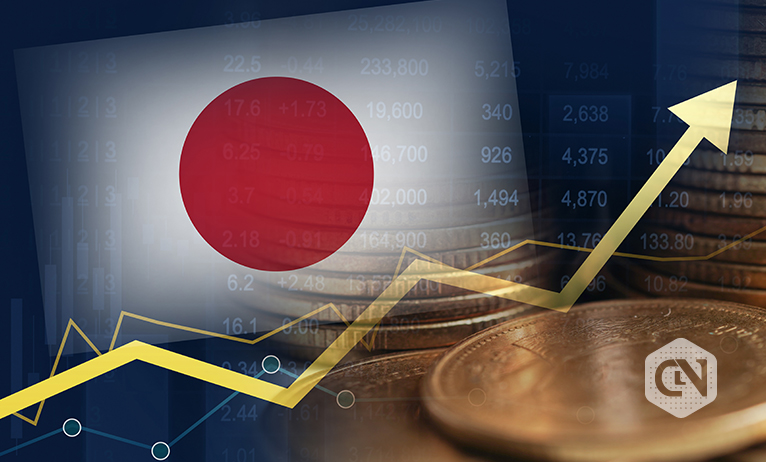The Indian Rupee was at ₹83.55 on November 22, 2023. It has now climbed to ₹83.02. While the strength is less than what it should be, it still signals that the currency could be getting stronger, potentially gaining more traction in the days to come. However, experts are hesitant about writing it, considering it depends on how the US Federal Reserve plays with interest rates.
A further hike is out of the picture, but there is a chance that the Fed could bring it down in the next few months. They have downplayed the sentiment, except for confirming to send a message that the rate will be at its highest for a couple of months. The idea is to control inflation before taking a call on the rate.
Having said that, the INR is getting a hold over its position with a value of less than ₹83, ₹82.99 to be more specific, at the time of drafting this article.
Impact on the currency market
A lot depends on Fed officials beginning to lower the rate. Analysts expect the same to happen in the next year, with the earliest possibility being March 2024. Simultaneously, rates could be brought down in the third quarter of the next year. Authorities have clarified that the decrease will not be as aggressive as the community expected.
The global currency market is seeing the US dollar perform decently per the Dollar Index. Its value was 102.43, with a slip of 0.18%. The year-to-date fall is 1.05%. Monthly prevailing sentiments are bearish. Performance in the 100-day SMA is somewhat about 97.54.
Advertisement
Potential consequences for investors are in the longer range, if not in the short range. Traders are more at risk, especially when it comes to those who run industries involving the exchange of goods and services. The Rupee’s rise will take time if one analyzes the trend.
- USD to INR in the last YTD is 0.30% for Dollar
- USD to INR in the last six months is 1.32%, again for Dollar
- Tides turned to the Indian currency in the last 30 days, with values declining by 0.34%, 0.33%, and 0.044% in the last 5 days and 24 hours, respectively.
The growth has slowed, and the future of the local currency of the Asian country is now reliant on how fast the Fed brings down the rate. Aggression has been downplayed. The RBI is less likely to intervene. All hopes are on inflation, which was last seen dancing around 3.14% by the end of November this year.
External factors that could impact the currency’s value, or any currency for that matter, are its supply and demand. Several countries are beginning not to involve the US dollar in their trades. This is a move to seamlessly execute the trade, value it without any bridge, and settle transactions faster. India has an agreement in place with 18 nations; China and Russia are trading in their native currencies; and Brazil has dropped the dollar for bilateral trade.
Many more drops have happened, and most of them have risen in number. A similar tendency for the INR will raise its value versus the US dollar because the shortage will be tremendous. There will be no demand for American currency. Strength will gain momentum if it falls in that section.
As for US inflation, the figure was below 3% only once in June. It has otherwise been above the mark. The pace at which it is coming under control sheds some light on the perspective that the third quarter could indeed be an ideal time for the Fed to start bringing down the rate.
Conclusion
Advertisement
The Federal Reserve has a crucial role to play in the Indian Rupee and the US Dollar to gain momentum for trade. INR seems to be mirroring the pace at which inflation in the American region is slipping down for improvement. An opening of ₹83.02 is an improvement over the previous closing at ₹83.04.







